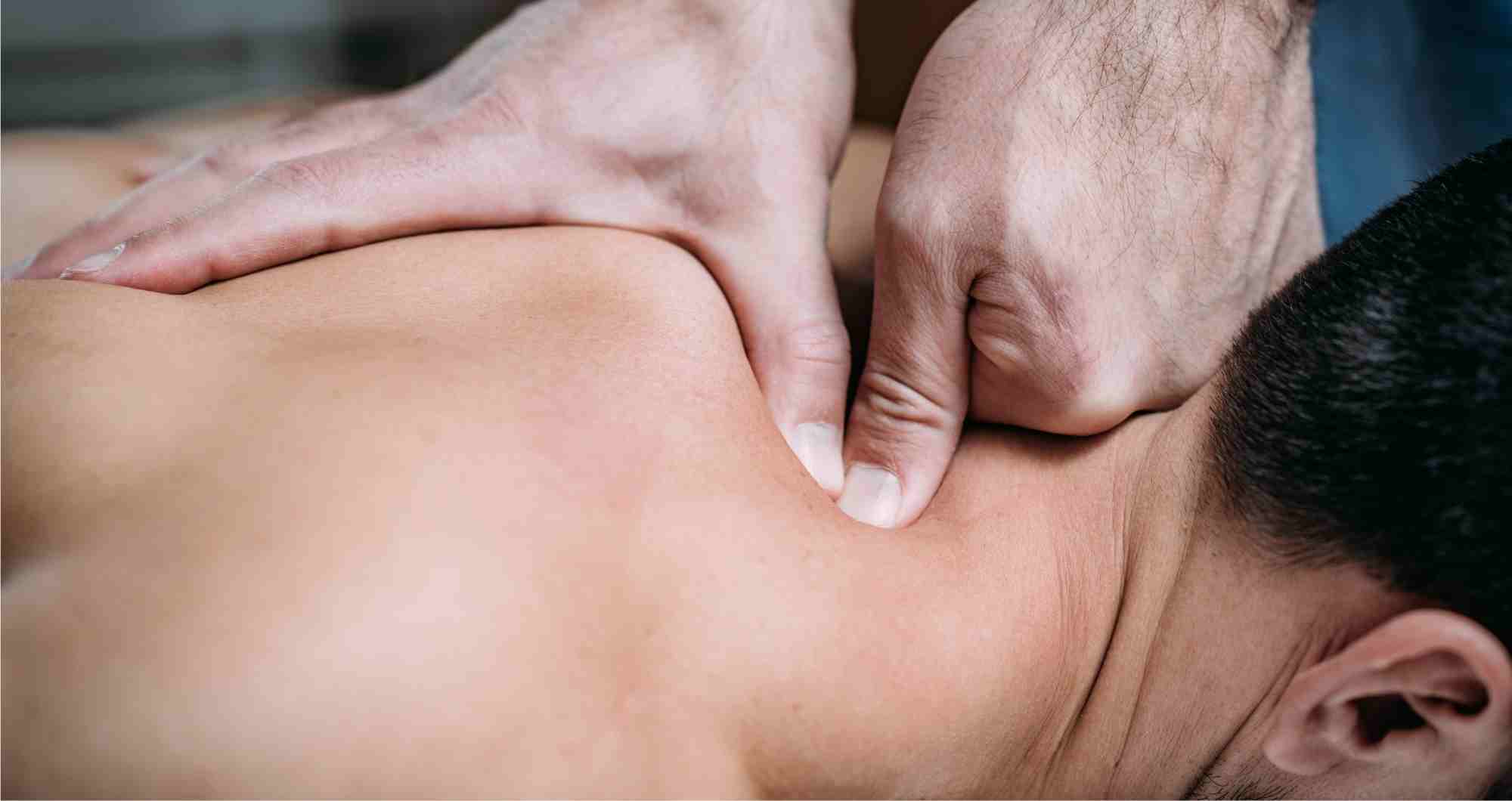Introduction
Ask any athlete what it takes to perform at their best, and you’ll hear about training, nutrition, and discipline. But there’s another key element that often gets overlooked—one that can make the difference between winning and sitting on the sidelines: sports massage.
For athletes, the body isn’t just a vessel—it’s the engine that drives performance. Every sprint, lift, and jump puts stress on muscles, joints, and connective tissues. Over time, that stress builds up, leading to tightness, fatigue, and eventually injury. This is where sports massage steps in—not as a luxury, but as a critical part of an athlete’s toolkit.
Why Athletes Need Sports Massage
Sports massage goes beyond relaxation. It’s a targeted, science-backed approach that works deep into the muscles to improve circulation, release tension, and enhance mobility.
By breaking down adhesions (those stubborn knots and tight spots), sports massage helps muscles recover faster and perform more efficiently. For athletes who push their limits daily, this can mean the difference between hitting a personal best and falling short.
One of the biggest benefits is injury prevention. Regular sports massage keeps muscles flexible and balanced, reducing the risk of strains, pulls, and overuse injuries. It also helps identify problem areas before they become serious.
An experienced sports massage therapist can feel the early signs of muscular imbalance—tight hamstrings, stiff shoulders, or a restricted hip—and address them before they interfere with performance.
For recovery, massage is a game-changer. After intense training or competition, lactic acid and metabolic waste build up in the muscles, causing soreness and fatigue. This means more productive training sessions, less downtime, and better results over time.
Mental Edge and Focus
It’s not just physical—sports massage also supports the mental game. For many athletes, that hour on the massage table becomes a mental reset, a space to breathe, relax, and refocus. Reducing stress and calming the nervous system can improve concentration and help maintain the mental clarity needed for peak performance.
From sprinters to swimmers, weightlifters to football players, every athlete benefits from integrating sports massage into their training plan.
It’s not about indulgence—it’s about investment. The time and resources spent on sports massage directly translate to stronger, faster, and more resilient performance.
The best athletes know that success isn’t just built in the gym or on the field—it’s built in recovery. Sports massage is that missing piece, the bridge between hard training and optimal performance.
Ignore it, and you risk slowing your progress or sidelining yourself with injuries. Embrace it, and you unlock your full athletic potential.
Because at the end of the day, champions aren’t just the ones who train the hardest—they’re the ones who recover the smartest.
Athletes push their bodies beyond normal limits.
Frequent competitions, repeated motions, and intense training put stress on the connective tissues, muscles, and joints. For those who are active, sports massage offers a methodical technique.
Enhancing Recovery Between Training Sessions
Recovery is as important as training itself.
Muscles need rest to rebuild and strengthen.
Sports massage helps recover more quickly by reducing inflammation in the tissue and calming the nervous system.
Regular treatments between workouts can cut down on recovery time.
This means athletes return to training sessions refreshed rather than fatigued.
For those competing frequently, faster recovery can make the difference between winning and underperforming.
Preventing and Managing Injuries Through Sports Massage
Injuries can sideline even the strongest athletes.
Sports massage helps manage current injuries while preventing new ones from developing.
When the therapist applied targeted pressure to release the knot, the knot loosened and added fluid relaxed the muscle back to its normal movement pattern.
Muscle tightness or overlapping scar tissue can be felt and identified by the therapist early.
Addressing these issues prevents them from worsening, keeping athletes active longer.
The Psychological Benefits of Sports Massage
The mind plays a huge role in athletic performance.
Sports massage improves mental preparedness in addition to offering physical relief.
Stress Reduction and Mental Focus
Intense training often creates stress, both physical and mental.
Massage lowers stress hormones while releasing endorphins.
This calms the nervous system and settles thinking.
Athletes who receive massage regularly often report better sleep, improved concentration, and a greater sense of balance during high-pressure events.
How Often Should Athletes Get Sports Massage?
The frequency of sports massage depends on the type of sport, training volume, and competition schedule.
For professional athletes, weekly sessions are often recommended.
Recreational athletes may benefit from two sessions per month, especially during heavy training phases.
Post-event massage aids recovery, reduces soreness, and prepares the body for future training.
Regular sessions are most effective when combined with stretching, hydration, and proper rest.
Conclusion: Making Sports Massage a Key Part of Training
Sports massage is more than a luxury—it is a performance tool.
It supports circulation, flexibility, recovery, and mental clarity.
It helps prevent injuries, reduces stress, and builds confidence before competition.
When combined with proper training, nutrition, and rest, it becomes an essential part of athletic success.

